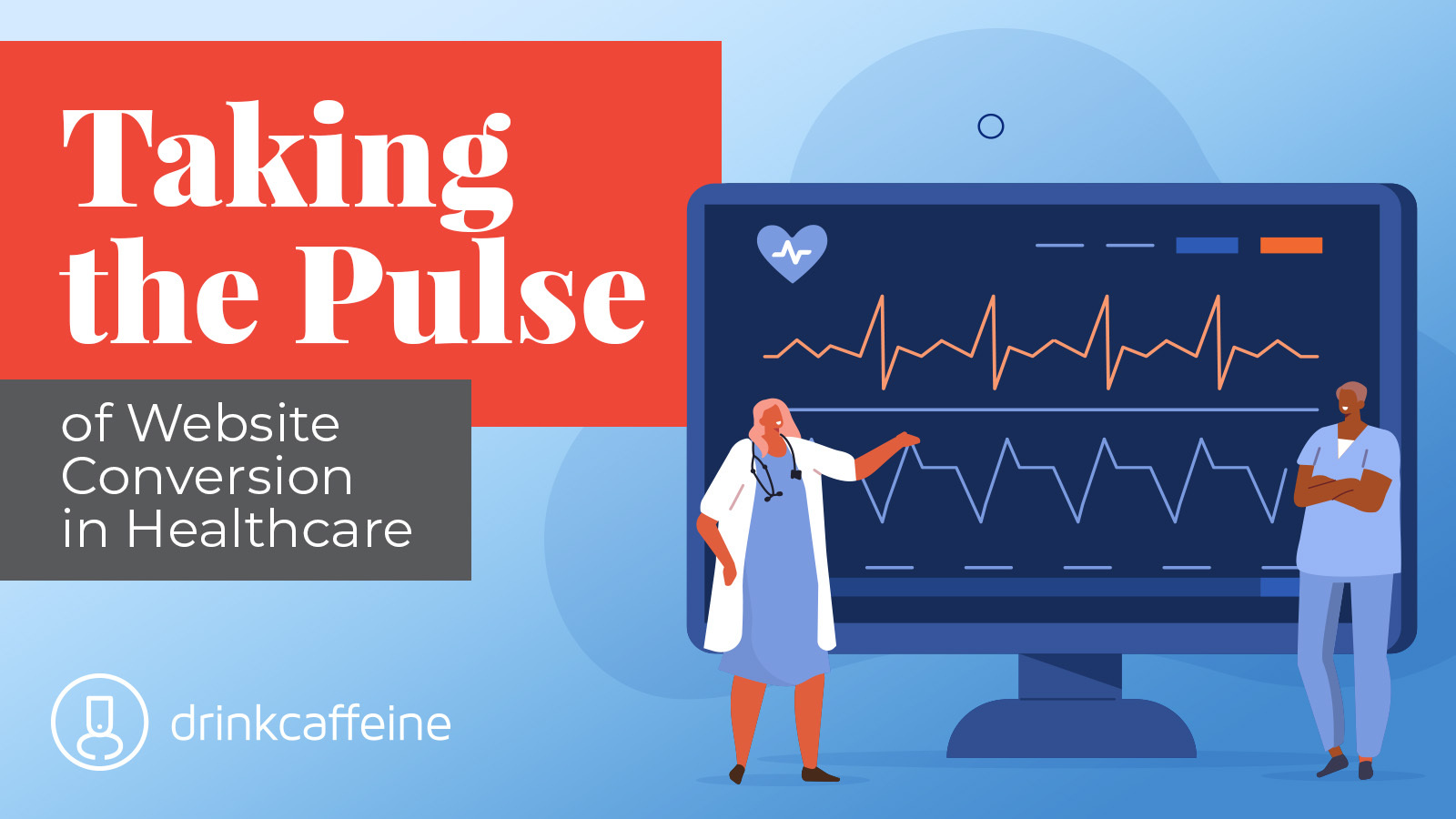General conversion vs. funnel-specific conversion
For clarity: That means that of all the people coming into a “medical services” website (from an ad, social media post, or search page, etc) only 2-3% complete the desired transaction, whether it was form completion, appointment scheduling, or any other digital task.
Reminder: 5% conversion is very good, 10% is cause for spontaneous interpretive dance moves.
But the problem with these stats is that a generalized ball-parking of online conversion performance doesn’t help healthcare leaders, who need to understand conversion with greater precision so they can focus on the right metrics and get them moving in the right direction.
In other words, healthcare marketers need to identify the most important conversion funnels and manage them, both individually and when appropriate as parts of related processes.
Differentiate between pre-click and post-click actions
Remind leadership that pre-click is what happens before someone arrives at your site. Post-click is what happens after they arrive.
Pre-click is about outreach, the “ad journey,” and targeting. Post-click is about creating the optimal path for an inbound visitor to complete a desired action.
Talk about segmenting conversion funnels
Here are 4 examples of key healthcare conversion funnels you may be asked about.
1. New Patients
This is a common conversion metric but remember that new patient conversion (i.e. booking the 1st appointment) depends on a number of factors, so consider ways to parse this funnel into multiple stages: Pre-click ad engagement, landing page-level engagement, digital tool usage (such as self-guided quiz funnels), form completion, and phone contact or online appointment completion. The idea is to examine the new patient journey and optimize it at each stage.
2. Join Our Team
Job seekers are on a separate journey with very different milestones. Metrics for recruitment conversion success include applications completed, patient form completion, cost per applicant, content engagement, and others. Like New Patient conversion, the recruitment journey should be segmented and measured in different stages.
3. Form Completion
Conversion rates for healthcare form completion typically range from 2%-5%. But you can push those rates higher by keeping healthcare forms short, positioning them for maximum usage, using drop down menus wisely, testing to find the right call to action, and of course staying HIPAA and ADA compliant.
4. Telehealth appointments booked.
Telehealth earns 80%+ in patient satisfaction (PatientPop) and 75% of patients would rather have a telehealth appointment than an office visit. We think it’s an important metric because it’s linked to New Patient conversion. One of the best ways to optimize telehealth appointment bookings is to present self-selection options about the reason for the appointment, such as New Patient contact, everyday checkups, follow-up consultations, diagnostics, and so forth.
If you’re ready to make more website traffic finish what it started, contact us.


